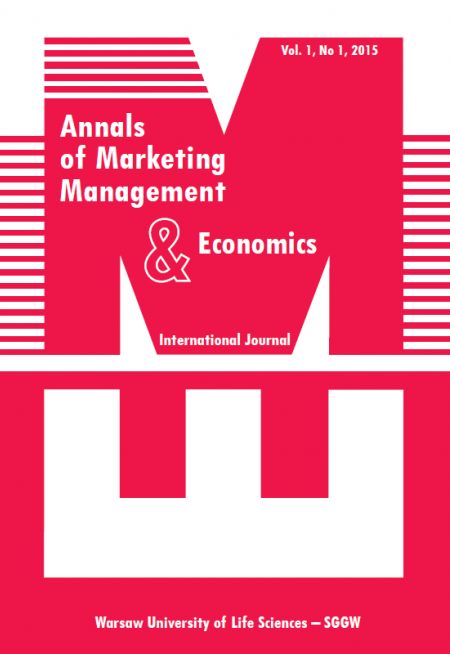Demographic changes in rural and semi-urban areas in Poland (2003-2016)
Main Article Content
Keywords
:
demographic potential, sustainable development, problem areas
Abstract
The demographic potential, especially in the peripheral and remote areas, Has been deteriorating. Negative natural increase, low or negative migration balances, unfavourable values of the feminisation index and growing relation of the number of people at post-working age to the number of people at working age have been threatening rural development. The aim of the research was to show spatial concentrations of municipalities (LAU 2 level) with a similar level of demographic potential. The study was carried out for 2169 municipalities (LAU 2 level), including rural and semi-urban (urban-rural, including small towns) ones. It was based on the data from the Statistics Poland. The municipalities were are ranked by the level of demographic potential (by 4 variables) and put into 5 groups by the potential level using the taxonomic development measure of Hellwig. The results were presented in maps using cartogram method. The most favourable and promising situation according to demographic potential is observed in central and southern Poland, especially in semi-urban and suburban areas of large cities. The worst demographic potential level and at the same time the least favourable demographic forecasts concern mostly the Eastern Poland, already known as problem area. The spiral of negative conditions accelerates, causing more disadvantages, making young people looking for new places to work and live, deepening current demographic problems and leading to socio-economic development pathologies.
Article Details
How to Cite
Pomianek, I., & Kapaj, A. (2018). Demographic changes in rural and semi-urban areas in Poland (2003-2016). Annals of Marketing Management &Amp; Economics, 4(2), 89–101. https://doi.org/10.22630/AMME.2018.4.2.20
Statistics
Downloads
Download data is not yet available.
Recommend Articles
Most read articles by the same author(s)
- Ledia Thoma, Anila Boshnjaku, Ana Kapaj, Etleva Muca, Brand awareness and consumer profile for milk: case of the Tirana market, Albania , Annals of Marketing Management & Economics: Vol. 3 No. 2 (2017)
- Etleva Muca, Ana Kapaj, Ledia Thoma, Export opportunity and constraints for fruit and vegetable producers in Albania , Annals of Marketing Management & Economics: Vol. 4 No. 1 (2018)

